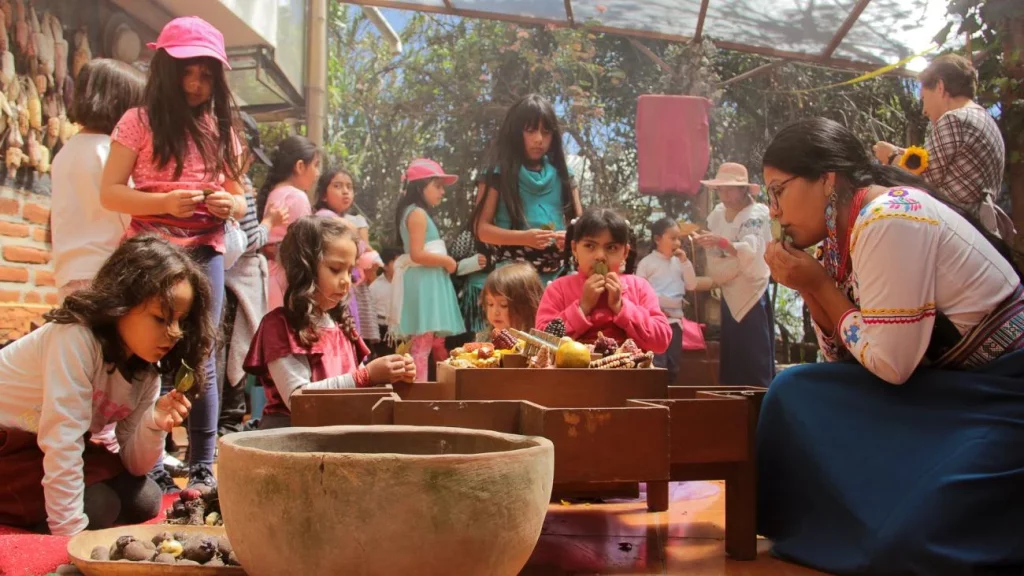Introduction
In an increasingly globalized world, youth seek spaces where they can express themselves, form meaningful connections, and explore identities beyond familial and societal expectations. Cultural communities—both physical and virtual—offer young people a sense of belonging, validation, and empowerment. From skateboarding crews and indie music circles to online fandoms and digital art communities, these spaces have become critical for shaping individual and collective identities.
The significance of youth cultural communities lies not only in recreation or entertainment but in their profound influence on social development, creativity, and social cohesion. This article explores the mechanisms through which these communities form, the ways they shape identity and self-expression, and their broader implications for culture and society.
1. The Formation of Youth Cultural Communities
1.1 Shared Interests and Values
At the core of every youth community is a set of shared interests, tastes, or values. Whether it’s a passion for a particular music genre, gaming, or social activism, these commonalities create a foundation for trust and mutual recognition. For instance, indie music enthusiasts often gather around local record shops, online forums, and concert venues, reinforcing a shared aesthetic and worldview.
1.2 Spaces of Interaction
Communities thrive in spaces—both online and offline—where young people can meet and interact. Urban hangouts, coffee shops, art studios, and skate parks offer tangible sites for connection, while platforms like Discord, Reddit, and TikTok extend these interactions into the digital realm. These spaces facilitate both casual socialization and collaborative projects, strengthening the sense of belonging.
1.3 Cultural Symbols and Rituals
Symbols, fashion, language, and rituals help define community boundaries and express identity. From distinctive clothing styles to slang, memes, and participatory performances, these elements communicate shared values internally and distinguish the community externally. Such cultural markers also contribute to cohesion, signaling membership and reinforcing social norms.
2. Identity Formation Through Community
2.1 Self-Exploration and Experimentation
Youth cultural communities provide a safe environment for experimenting with identity. Teenagers and young adults often test different roles, ideologies, and aesthetics within their peer groups. For example, participants in cosplay communities explore gender, creativity, and narrative roles that may differ from everyday life.
2.2 Collective Identity and Belonging
Beyond individual identity, these communities foster collective identity. Members share narratives and experiences, creating a sense of “we” that transcends individual backgrounds. In activist communities, for instance, shared goals around climate action or social justice reinforce solidarity and purpose.
2.3 Emotional Support and Resilience
Communities also serve as emotional support networks. Young people facing academic, familial, or social pressures often find understanding, mentorship, and validation within these groups. This social scaffolding can be crucial for mental health and personal growth.

3. Cultural Expression and Creativity
3.1 Artistic Innovation
Youth communities are fertile grounds for creativity. Collaborative projects in music, visual arts, digital media, and literature flourish within these networks. Online fan fiction communities, for instance, demonstrate how shared interests can spur literary creativity and community engagement.
3.2 Digital Media and Content Creation
Social media platforms enable young people to share their cultural expressions widely, gaining feedback, recognition, and influence. Platforms like TikTok, YouTube, and Instagram amplify creativity while also creating new norms, trends, and cultural forms.
3.3 Cultural Entrepreneurship
Some youth communities evolve into professional or entrepreneurial ventures. Indie music bands, digital artists, and social media influencers often start within peer networks, demonstrating how cultural engagement can translate into economic opportunity.
4. Social and Societal Impacts
4.1 Shaping Public Discourse
Youth communities increasingly influence broader cultural and political conversations. Digital activism, meme culture, and creative campaigns often emerge from these groups, highlighting their potential to shape societal values and awareness.
4.2 Bridging Differences
While youth communities often emphasize shared identity, they can also foster cross-cultural exchange. Global online communities enable young people from diverse backgrounds to collaborate, learn, and develop empathy.
4.3 Challenges and Risks
Despite their benefits, youth cultural communities face challenges. Online spaces can amplify toxic behavior, exclusion, and misinformation. Additionally, commercialization can undermine authentic expression, as platforms monetize trends and cultural outputs. Balancing openness, safety, and creative freedom remains a key challenge.
5. Case Studies
5.1 Skateboarding Communities
Urban skateboarding communities offer physical spaces for identity exploration, skill development, and social bonding. Skateparks, competitions, and street culture rituals create an ecosystem of belonging and self-expression.
5.2 Online Fandoms
Fandom communities, centered around films, anime, or music, demonstrate how digital spaces can facilitate creativity, collaboration, and cross-border connections. Participants share fan art, stories, and analyses, building cultural capital and personal identity.
5.3 Social Activism Networks
Youth-driven climate action networks and social justice groups exemplify how cultural communities translate shared values into societal impact. Mobilization, advocacy, and creative campaigns demonstrate collective agency.
Conclusion
Youth cultural communities are far more than social clubs—they are spaces where identity is explored, creativity is nurtured, and belonging is forged. In both physical and digital spheres, these communities provide young people with tools for personal growth, social cohesion, and cultural influence.
As society navigates rapid technological, economic, and social change, understanding and supporting youth cultural communities becomes crucial. They are not only reflections of contemporary youth culture but active agents shaping future cultural landscapes. By recognizing the power of belonging, policymakers, educators, and society at large can create conditions where young people thrive, innovate, and contribute meaningfully to the world around them.
















































